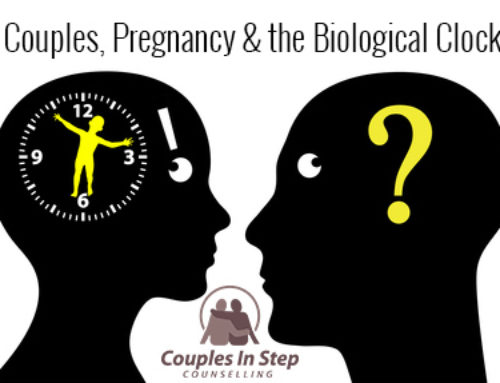The neuroscience of love helps us understand that powerful and vulnerable emotion. That love can be explained by neuroscience is not meant to, and indeed cannot, take away the magic feeling of being in love, but it is still an interesting look at this familiar feeling.
Neuroscience of Love in New Relationships
 Research shows that simply thinking about the object of one’s affection, especially in new relationships, triggers a response in the brain that releases dopamine into the brain’s pleasure centers, the caudate nucleus and the nucleus accumbens. This is a little like the effect of narcotics and feels very addictive. Dopamine is released, but the levels of the neurotransmitter serotonin drop. Serotonin affects our ability to control or manage our thoughts and so we obsess on what doesn’t feel controllable, i.e., love. This addictive-obsessive quality of love is especially evident in new love. There are also differences in male and female brains in love.
Research shows that simply thinking about the object of one’s affection, especially in new relationships, triggers a response in the brain that releases dopamine into the brain’s pleasure centers, the caudate nucleus and the nucleus accumbens. This is a little like the effect of narcotics and feels very addictive. Dopamine is released, but the levels of the neurotransmitter serotonin drop. Serotonin affects our ability to control or manage our thoughts and so we obsess on what doesn’t feel controllable, i.e., love. This addictive-obsessive quality of love is especially evident in new love. There are also differences in male and female brains in love.
Neuroscience of Love in Lasting Relationships
Over the course of time people in lasting love relationships show more activity in the area of the brain (the ventral pallidum) associated with enduring attachment relationships. Eye-contact between lovers and the smiles they share turns out to the biological fuel of connection.
Read the full article here: The Neuroscience of Love: Why it is so Addictive and Obsessive




maybe i will read some of these articles